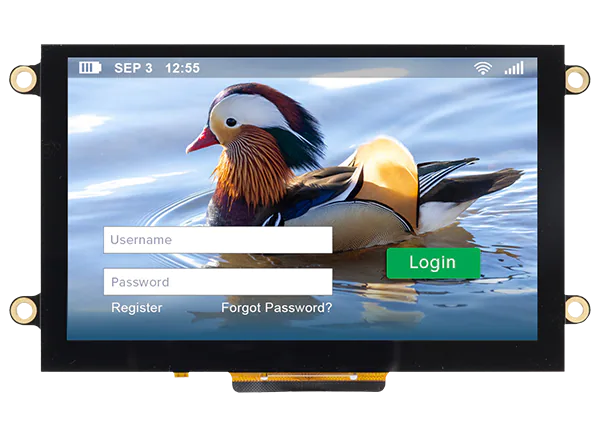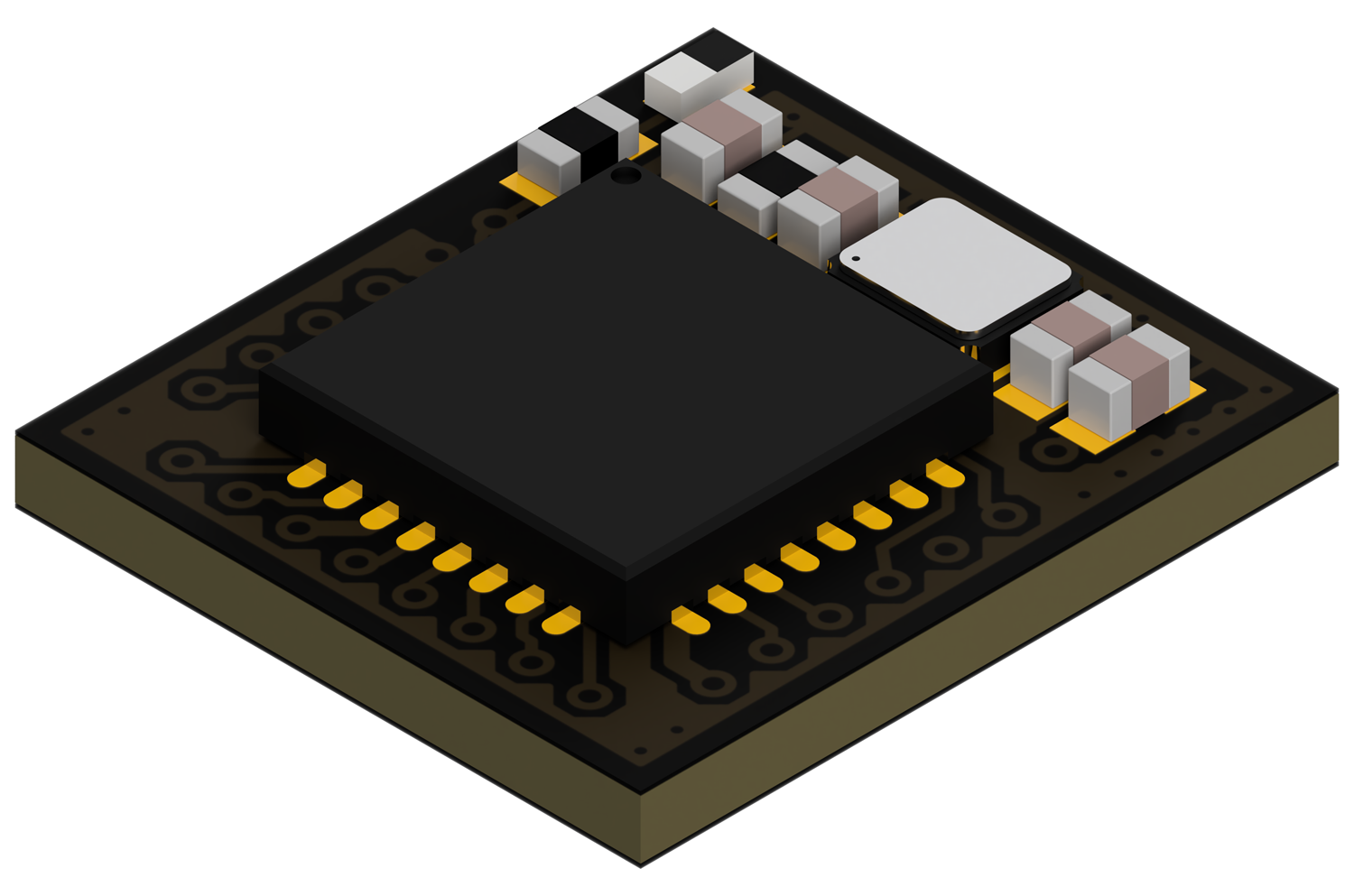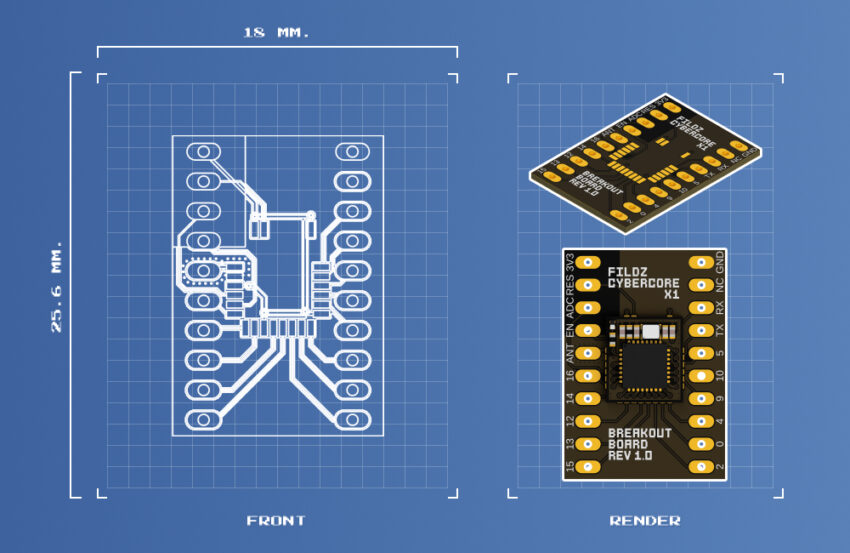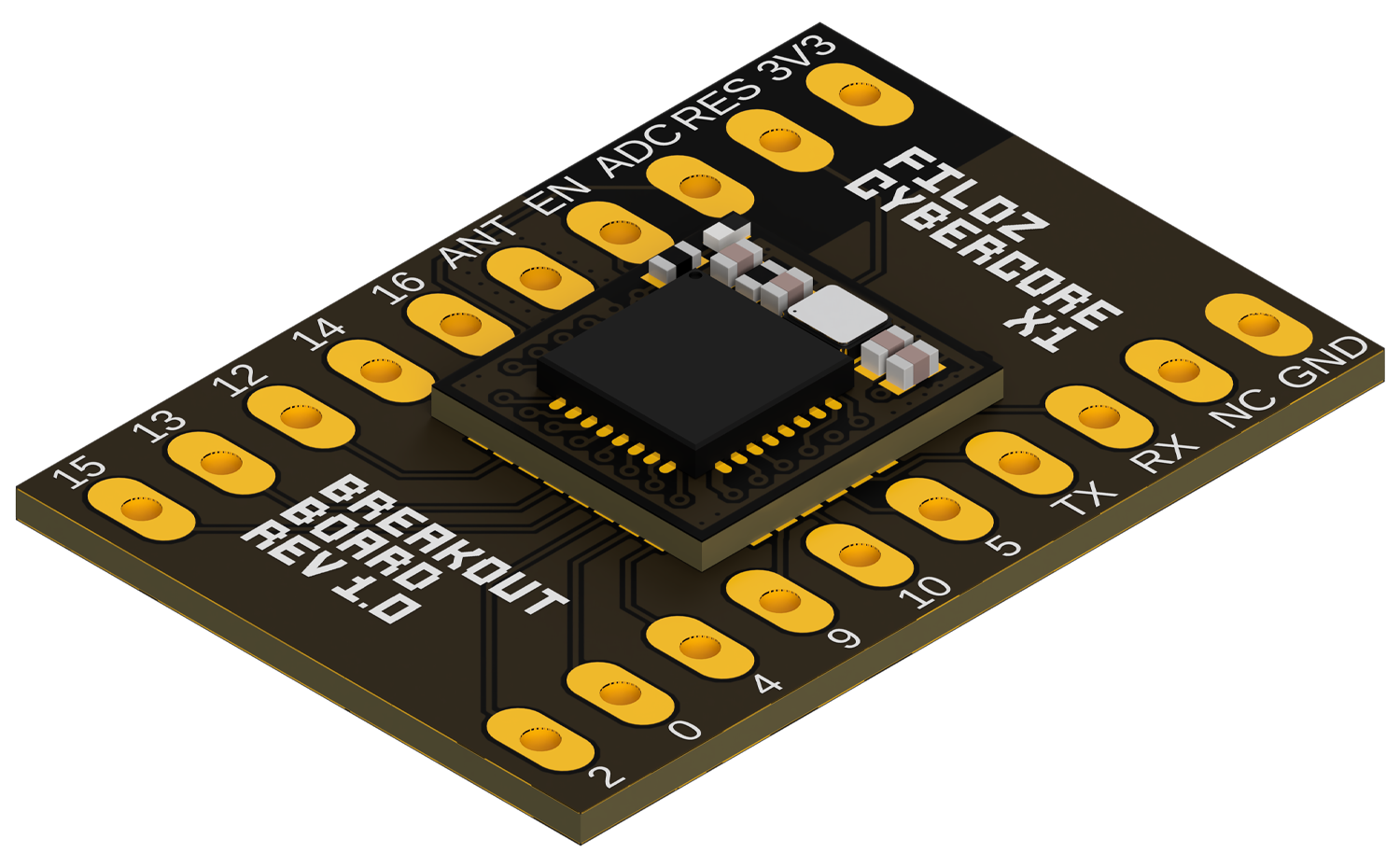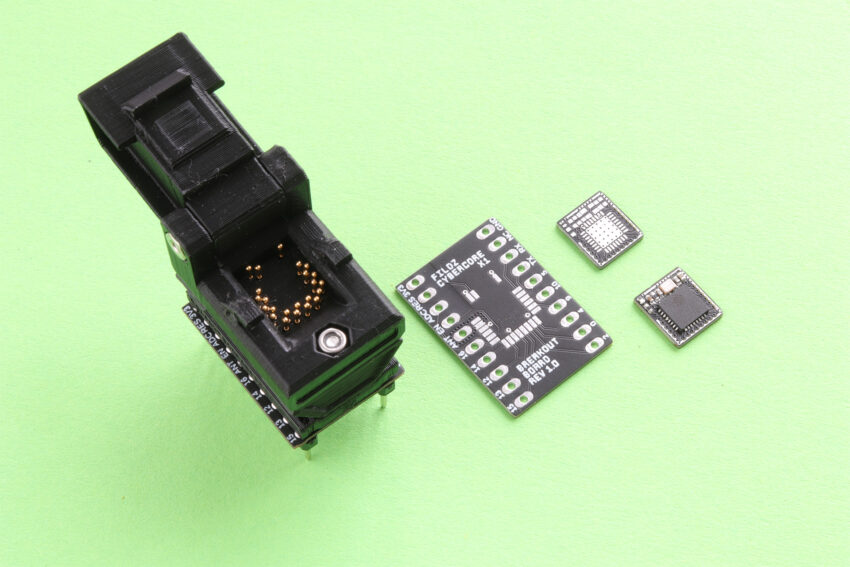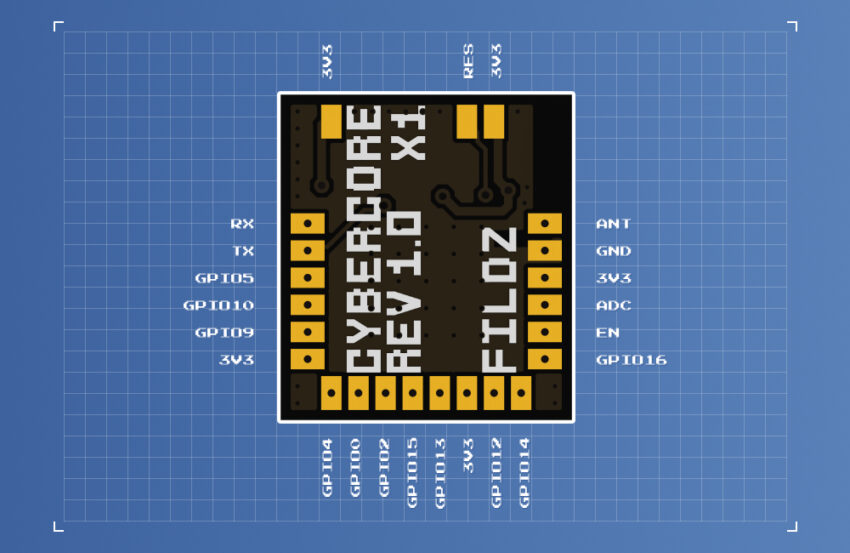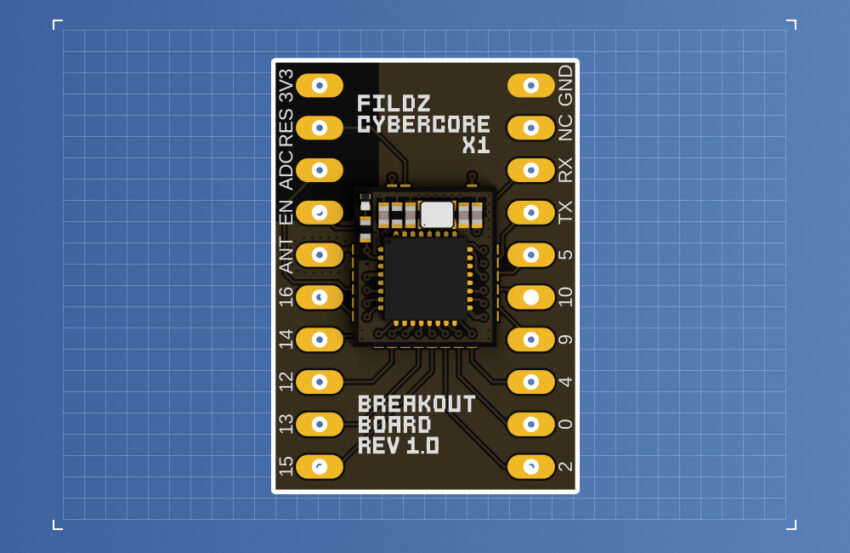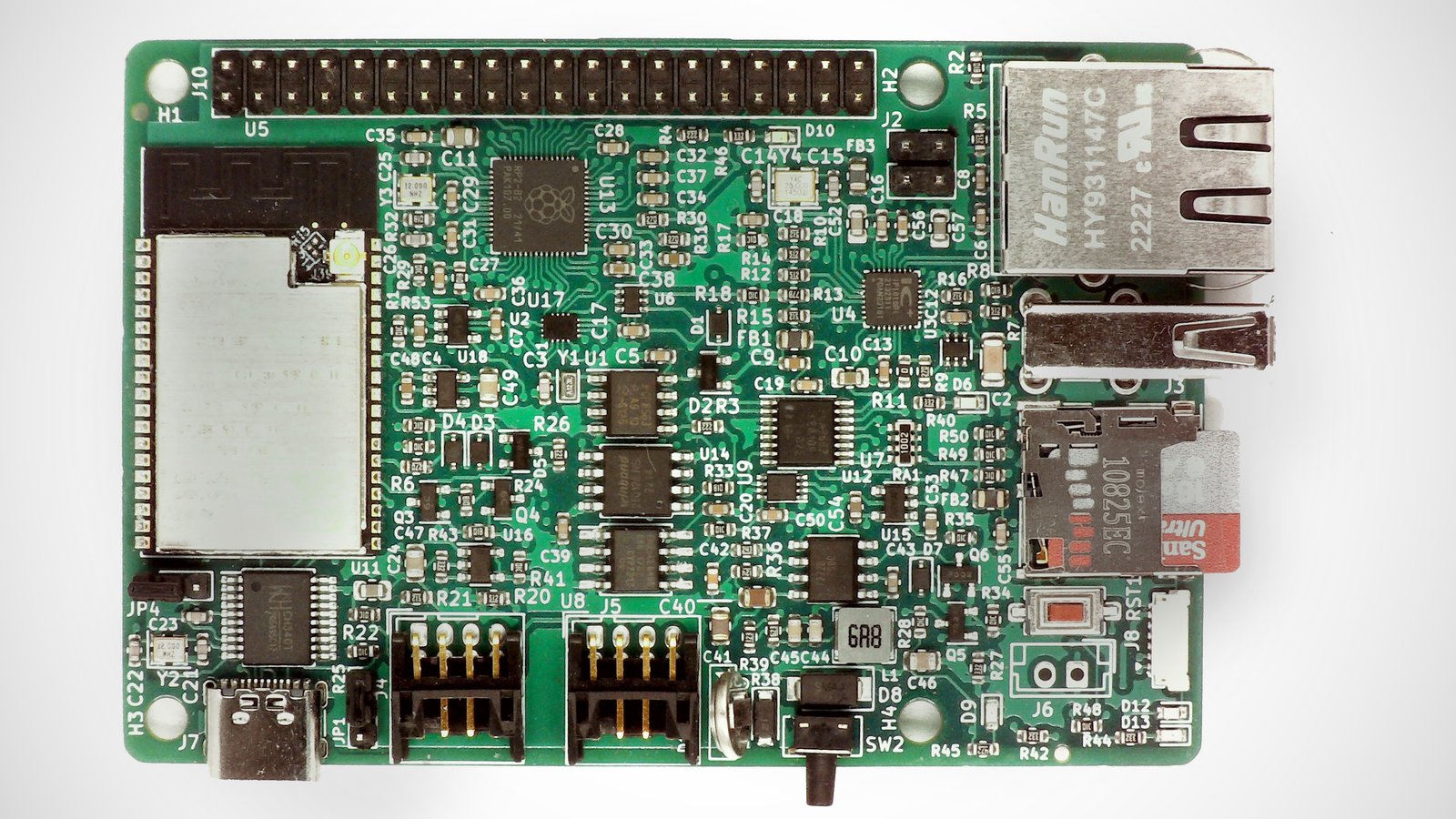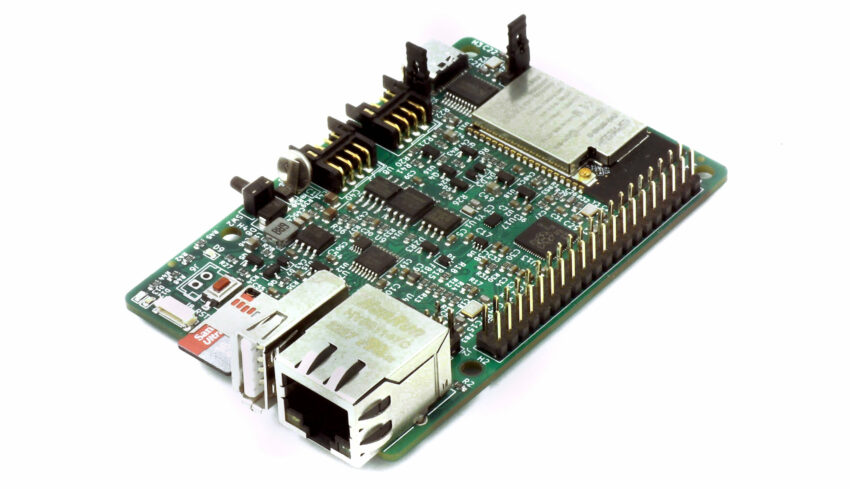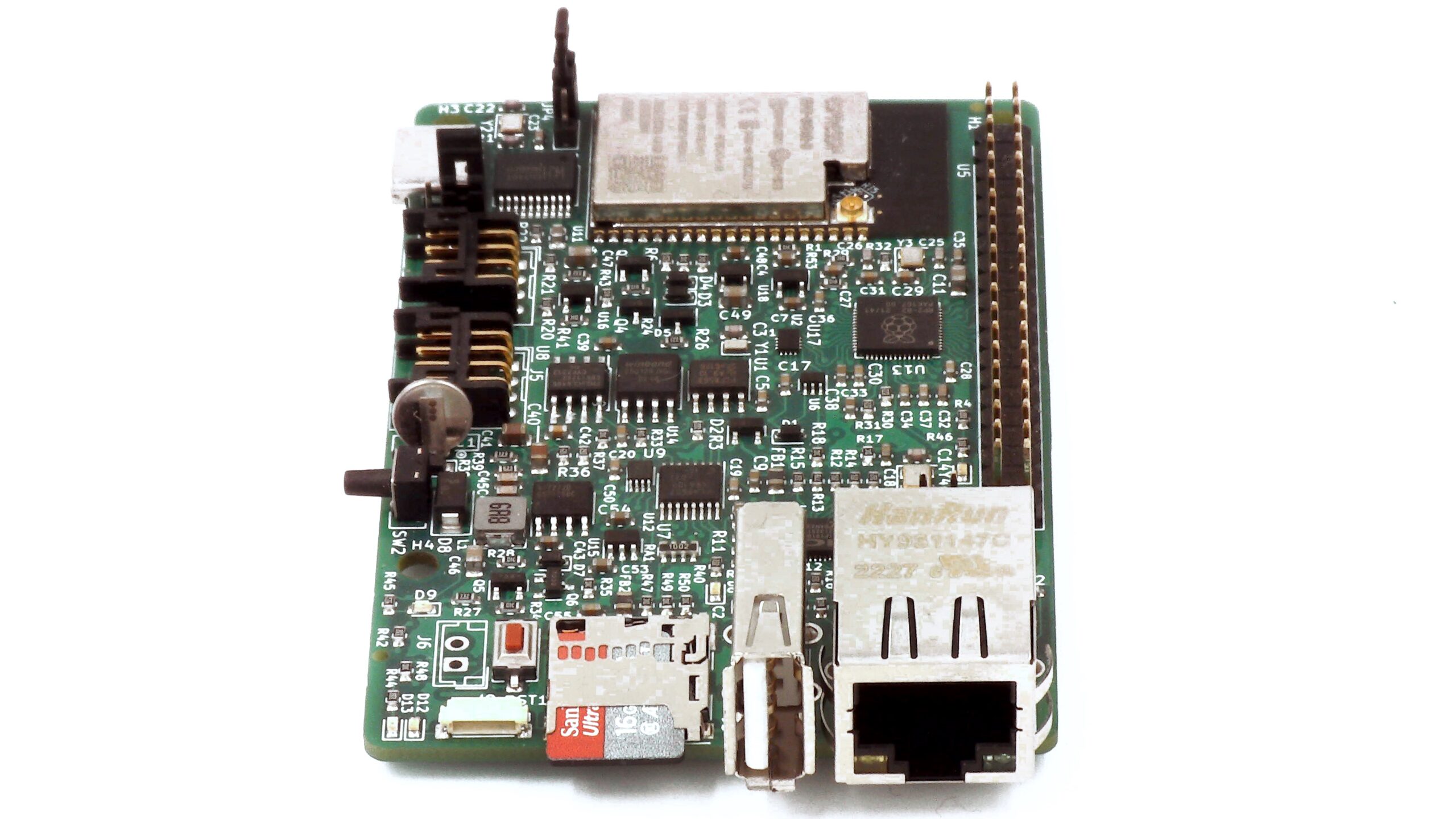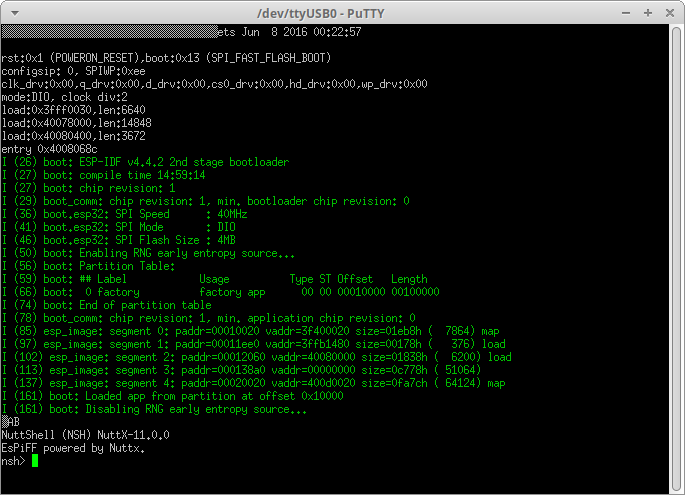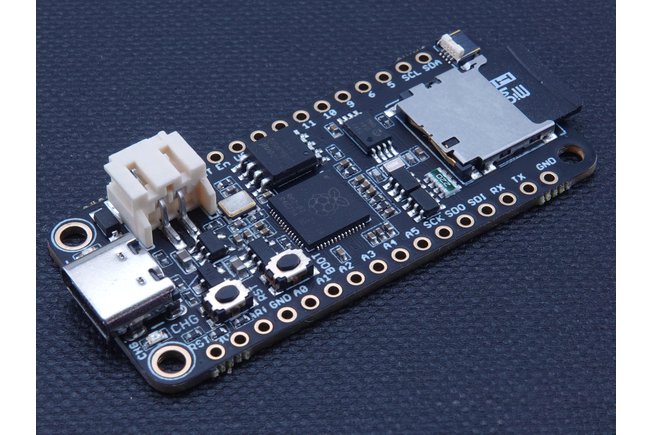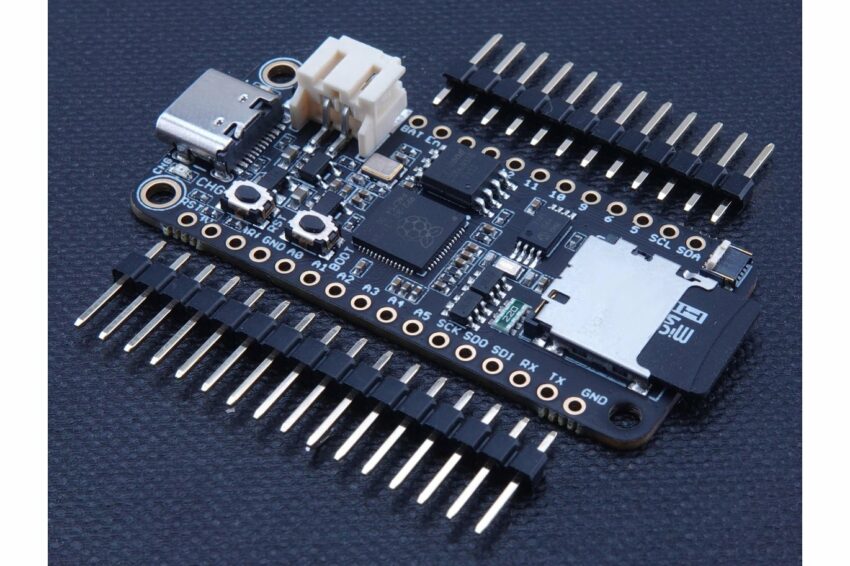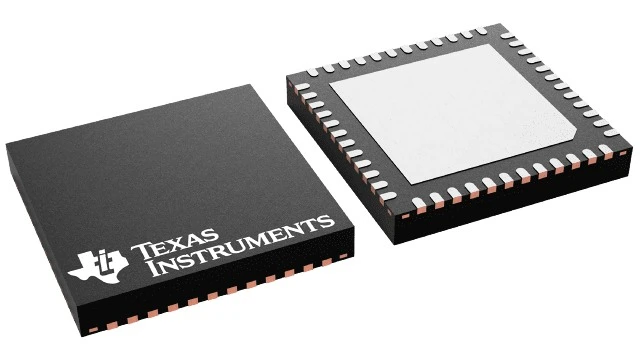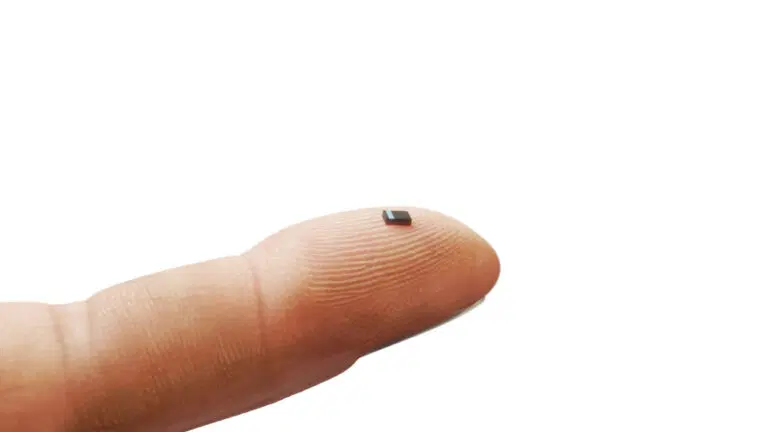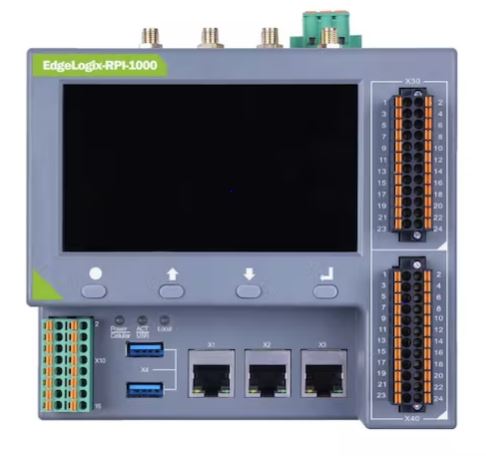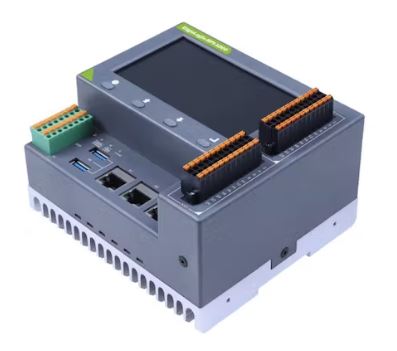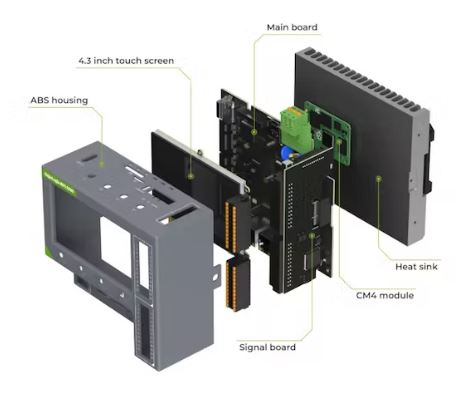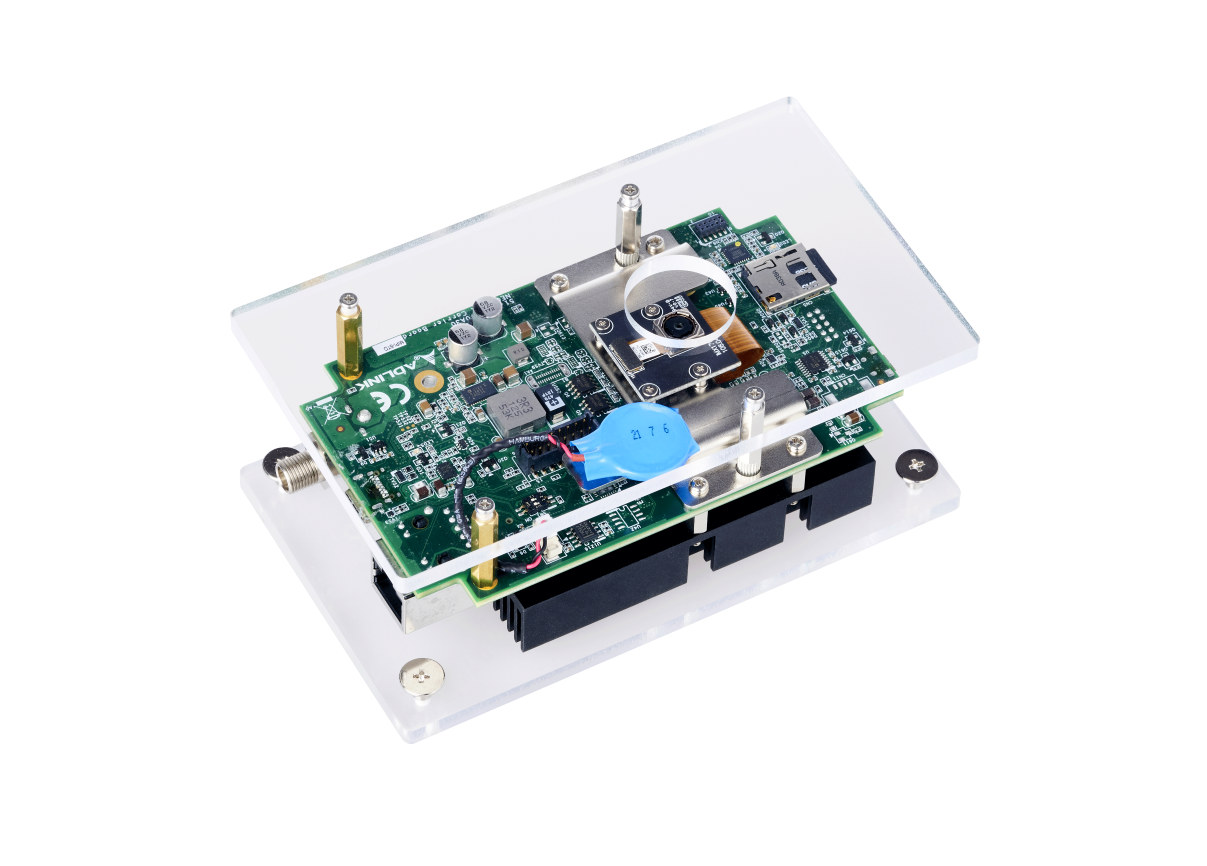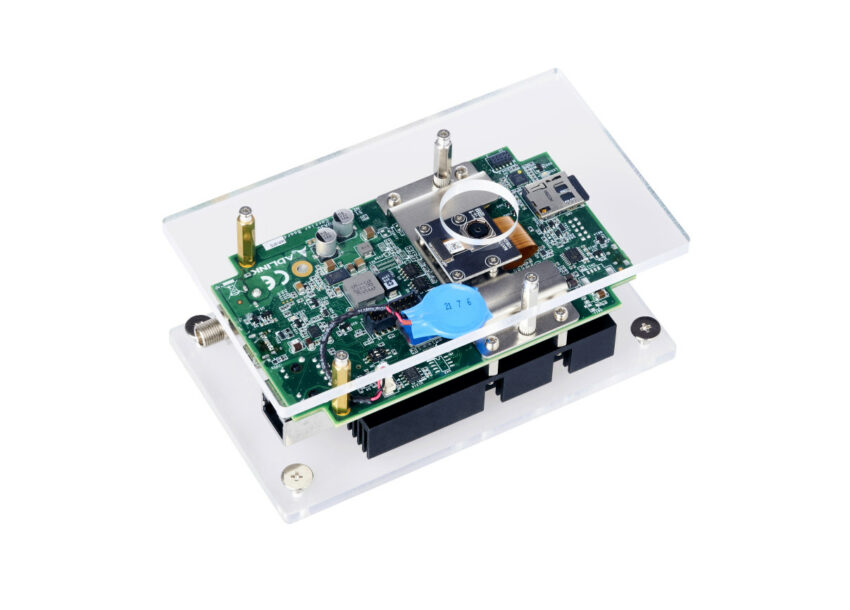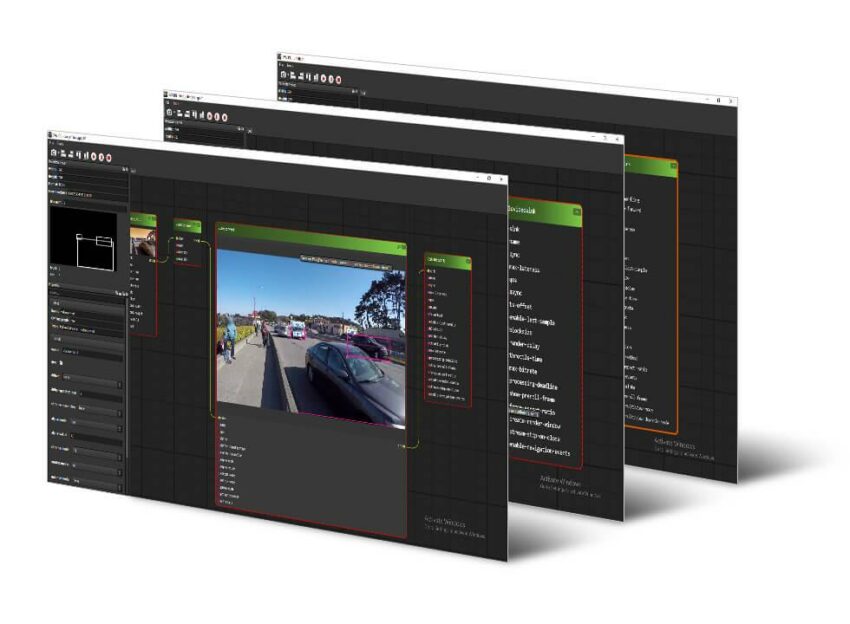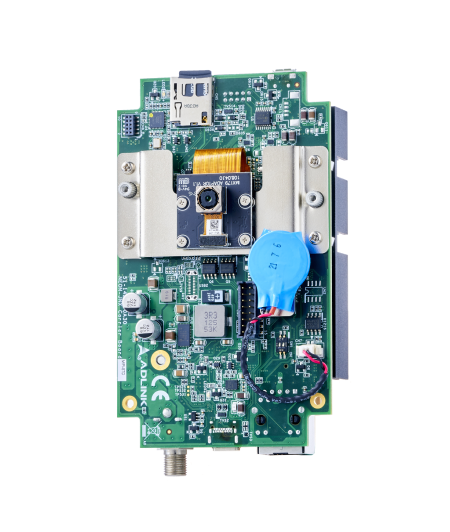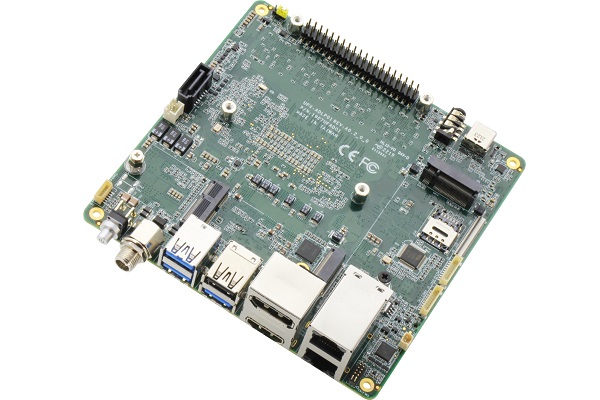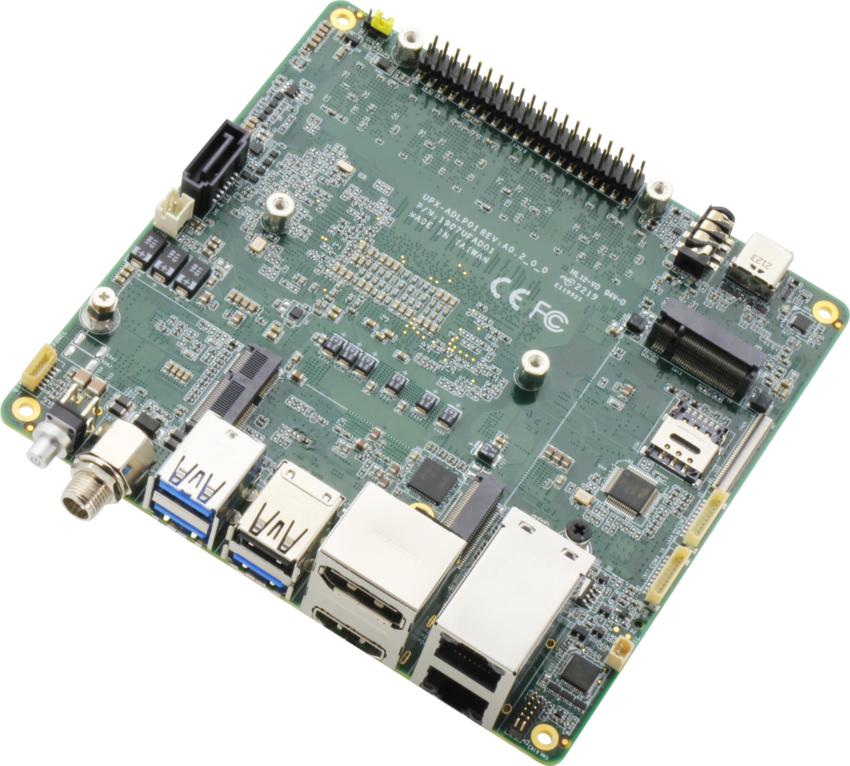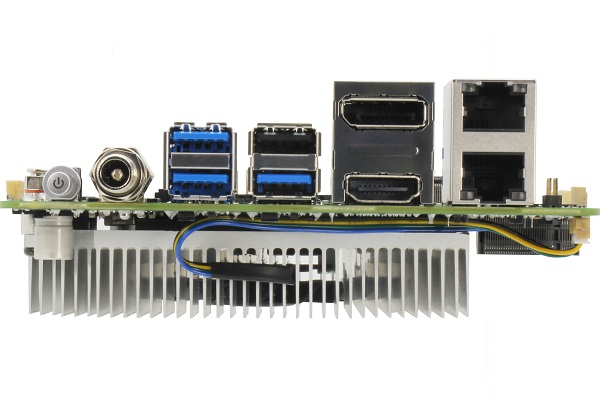Newhaven Display 5-inch IPS HDMI TFT Modules are 800 x 480 high-resolution IPS screens with built-in HDMI compatibility for a streamlined connection between devices with fewer cables. These TFT modules feature IPS technology which delivers sunlight-readable image quality with higher brightness, better color reproduction, image consistency, and optical characteristics at any angle. The 5-inch IPS HDMI TFT modules include EMI shielding on the cable and are RoHS compliant.
The NHD-5.0-HDMI-N-RSXP-CTU TFT module features a USB-HID capacitive touchscreen. This touchscreen does not require any external driver installation. With the custom PCB assembled to the display, this HDMI module provides the user with an all-in-one, plug-and-play HDMI + USB touch solution.
The NHD-5.0-HDMI-N-RSXP TFT module does not come with a touchscreen. With the custom PCB assembled to the display, this HDMI module provides the user with an all-in-one, plug-and-play HDMI solution.
Features
- NHD-5.0-HDMI-N-RSXP-CTU:
- USB-HID capacitive touchscreen
- 900cd/m2 luminous intensity
- Interface:
- HDMI
- USB
- NHD-5.0-HDMI-N-RSXP:
- No touchscreen
- 1100cd/m2 luminous intensity
- Interface:
- HDMI
Specifications
- 5V supply voltage
- 800 x 480 high-resolution
- 24-bit true color
- In-Plane Switching (IPS)
- Full viewing angles
- TFP401A TFT driver IC
- Anti-glare
- -20°C to 70°C operating temperature range
- 135.8mm x 75.8mm x 17.55mm (L x W x H) outline dimensions
- 109mm x 65.8mm ( L x W) viewing area
- 108mm x 64.8mm ( L x W) active area


